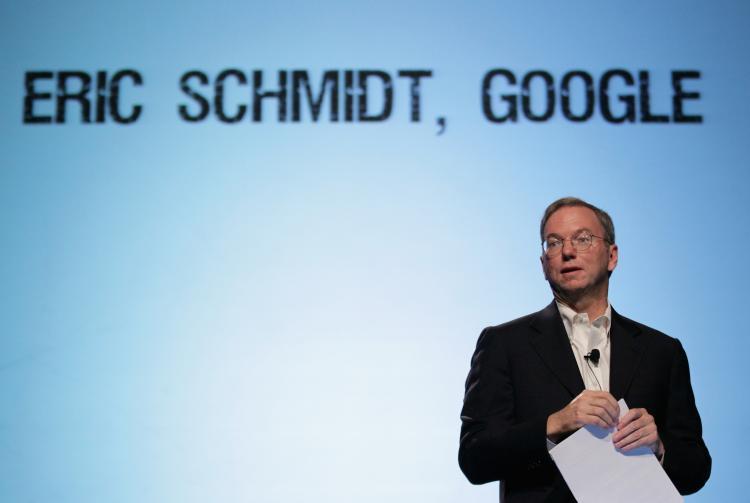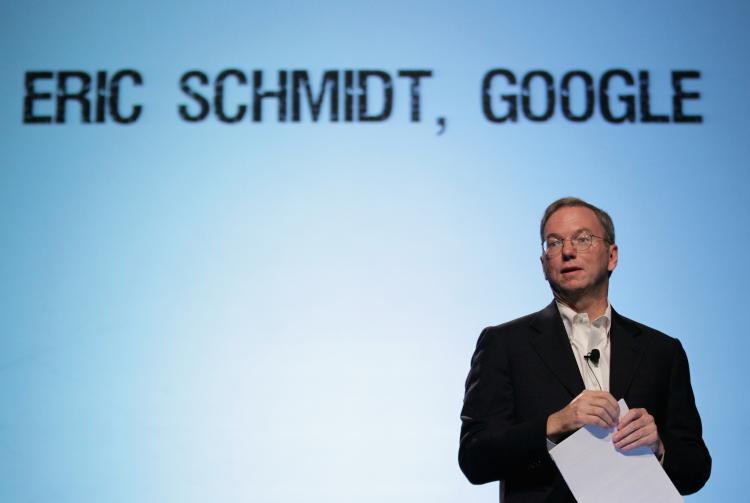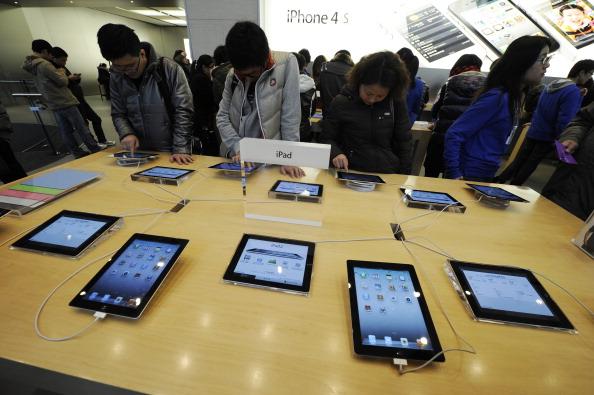Google Inc.’s Android software for smartphones, utilizing a special device called Near Field Communications (NFC), will soon open the gateway for consumers to make mobile payments using smartphones, essentially replacing the functionality of credit cards.
Google Chief Executive Officer Eric Schmidt claimed that the new technology would enable consumers to purchase products by simply tapping their handset over a sensor or terminal.
Japan has already embraced such a methodology of electronic payment, or “mobile wallet,” whereby phones are able to store encrypted credit card information and able to utilize those details during a transaction in the form of retail coupons so that stores and public transportation would be able to accept payment with a simple tap.
Current retail outlets in the United States that have already programmed NFC payment systems include New York’s Duane Reade pharmacies and Muni stations in San Fransisco. But current U.S. mobile carriers do not support the functionality because their phones have not been built with radio-frequency identification (RFID). The RFID chips that exist in Mastercard’s PayPass or Visa’s PayWave cards that operate with a credit card “tap” or “wave” on machines that accept payments will also exist in smartphones that will be released to the market.
The marketing initiative behind such technology would result in new handset purchases. For instance, Google plans to release its “Gingerbread” version of the Android operating system in the following weeks, which has built-in NFC support. Google’s operating system is an open-source platform, which automatically enables any manufacturer to produce phones with NFC chips to be able to take advantage of Google’s software.
Although NFC trials have existed since 2006, the security concerns of information being abused or being accessed by unauthorized parties still need to be adequately addressed. The technological implementation is contingent upon banks and credit card companies working with the smartphone producers and platforms. Eventually the scope of NFC could be widened so that it could even be used as an office security pass or an electronic door key.
“This could replace your credit card. The reason this NFC chip is so interesting is because the credit card industry thinks the loss rate is going to be much better, they’re just more secure,” Schmidt said at a Web 2.0 conference in San Fransisco. He is predicting the joint growth of sales in Android-based phones and the replacement of credit cards with this alternative method of payment.
Google Chief Executive Officer Eric Schmidt claimed that the new technology would enable consumers to purchase products by simply tapping their handset over a sensor or terminal.
Japan has already embraced such a methodology of electronic payment, or “mobile wallet,” whereby phones are able to store encrypted credit card information and able to utilize those details during a transaction in the form of retail coupons so that stores and public transportation would be able to accept payment with a simple tap.
Current retail outlets in the United States that have already programmed NFC payment systems include New York’s Duane Reade pharmacies and Muni stations in San Fransisco. But current U.S. mobile carriers do not support the functionality because their phones have not been built with radio-frequency identification (RFID). The RFID chips that exist in Mastercard’s PayPass or Visa’s PayWave cards that operate with a credit card “tap” or “wave” on machines that accept payments will also exist in smartphones that will be released to the market.
The marketing initiative behind such technology would result in new handset purchases. For instance, Google plans to release its “Gingerbread” version of the Android operating system in the following weeks, which has built-in NFC support. Google’s operating system is an open-source platform, which automatically enables any manufacturer to produce phones with NFC chips to be able to take advantage of Google’s software.
Although NFC trials have existed since 2006, the security concerns of information being abused or being accessed by unauthorized parties still need to be adequately addressed. The technological implementation is contingent upon banks and credit card companies working with the smartphone producers and platforms. Eventually the scope of NFC could be widened so that it could even be used as an office security pass or an electronic door key.
“This could replace your credit card. The reason this NFC chip is so interesting is because the credit card industry thinks the loss rate is going to be much better, they’re just more secure,” Schmidt said at a Web 2.0 conference in San Fransisco. He is predicting the joint growth of sales in Android-based phones and the replacement of credit cards with this alternative method of payment.





